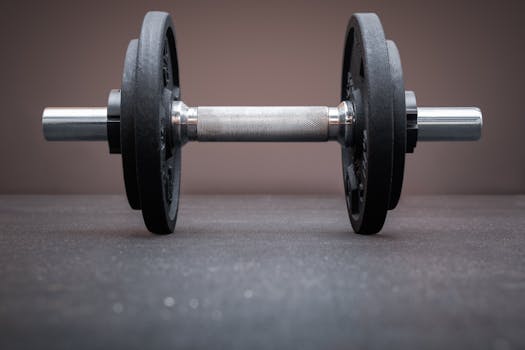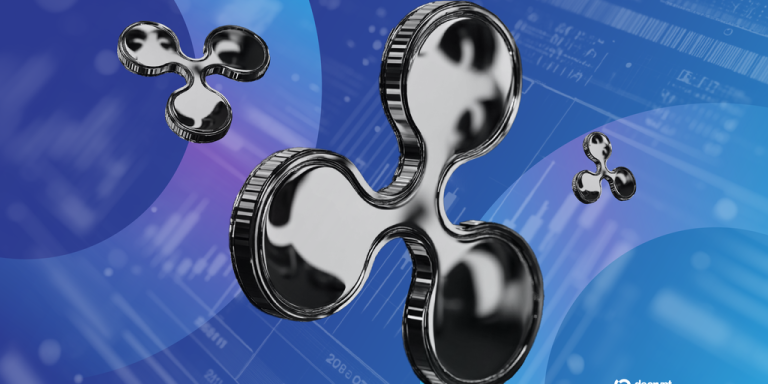
Understanding HIIT

High-Intensity Interval Training (HIIT) is a popular workout strategy that alternates short bursts of intense exercise with periods of rest or lower-intensity exercise. This method is particularly effective for fat loss due to its ability to raise the metabolic rate even after the workout has ended.
The Science Behind HIIT

Studies have shown that HIIT can help burn more calories in a shorter amount of time compared to traditional steady-state cardio. This is primarily due to the afterburn effect, or excess post-exercise oxygen consumption (EPOC), where your body continues to burn calories even after the workout is finished.
Benefits of HIIT for Fat Loss

- Efficiency: HIIT workouts can be completed in as little as 20-30 minutes, making them perfect for those with busy schedules.
- Increased Metabolic Rate: Post-workout calorie burn leads to greater fat loss.
- Muscle Preservation: HIIT helps preserve lean muscle mass while promoting fat loss.
- Variety: The diverse nature of HIIT keeps workouts interesting and engaging.
Getting Started with HIIT

To begin your HIIT journey, choose exercises that you enjoy and that challenge you. Popular options include sprinting, cycling, jumping rope, and bodyweight exercises like burpees and push-ups. Start with a work-to-rest ratio of 1:2, meaning if you work hard for 30 seconds, rest for 60 seconds.
Sample HIIT Workout

Warm-Up: 5 minutes of light jogging or dynamic stretches.
Workout: 30 seconds of sprinting followed by 60 seconds of walking (repeat for 15-20 minutes).
Cool Down: 5 minutes of walking and stretching.
Conclusion

High-Intensity Interval Training (HIIT) is an effective and efficient way to lose fat and improve your fitness level. Incorporating HIIT into your workout routine can help you achieve your fitness goals more quickly and keep you motivated.






